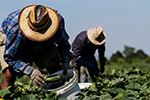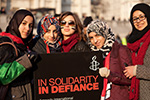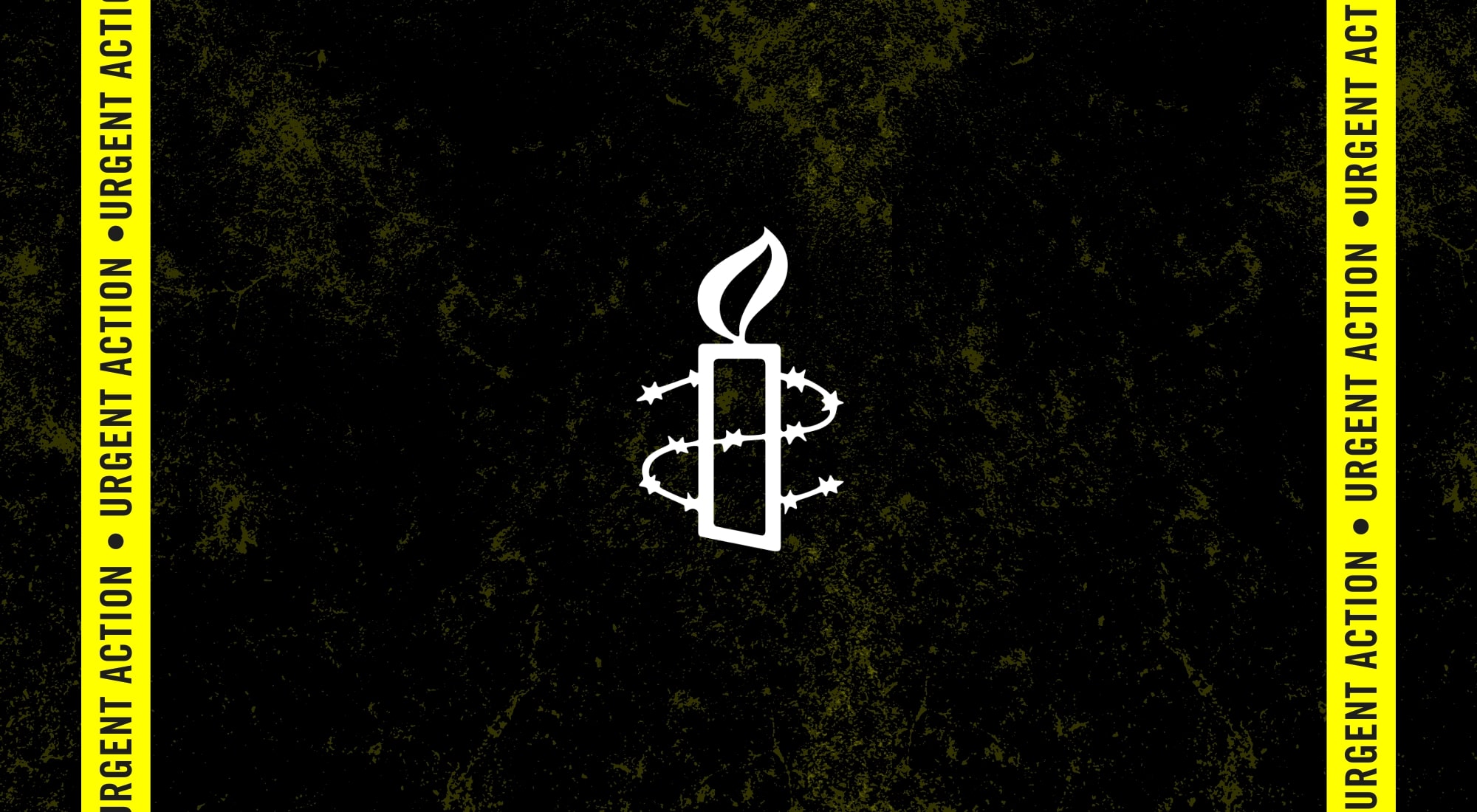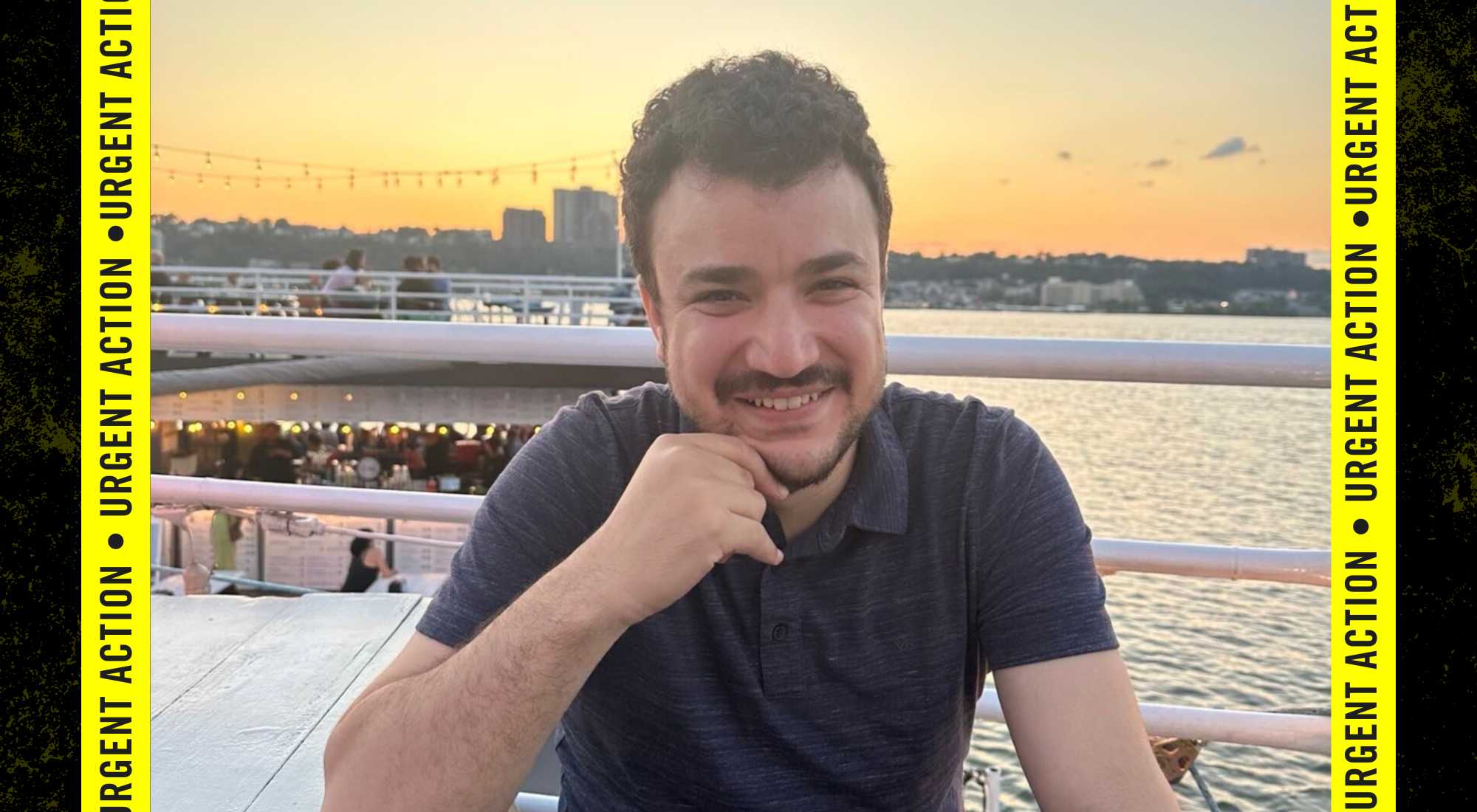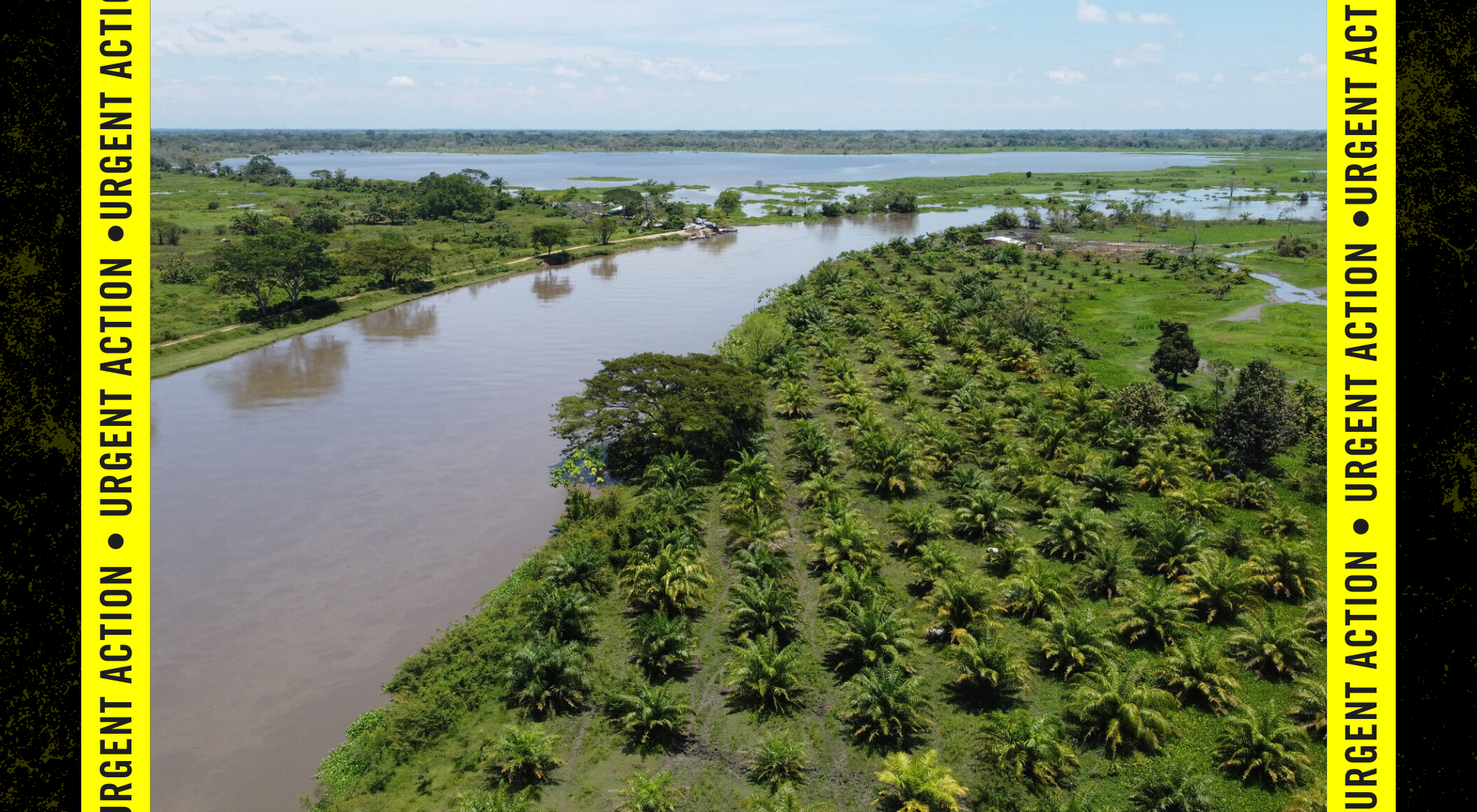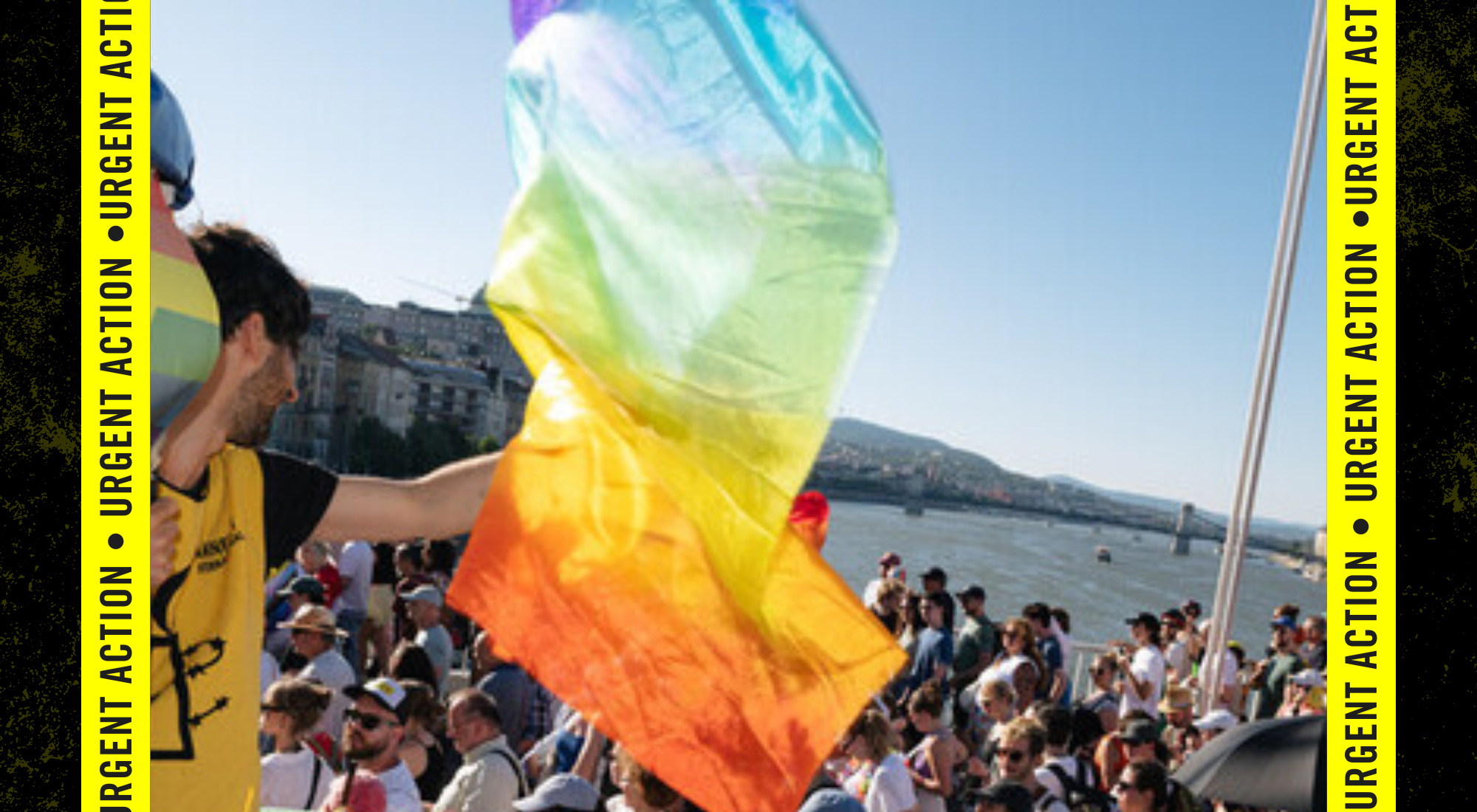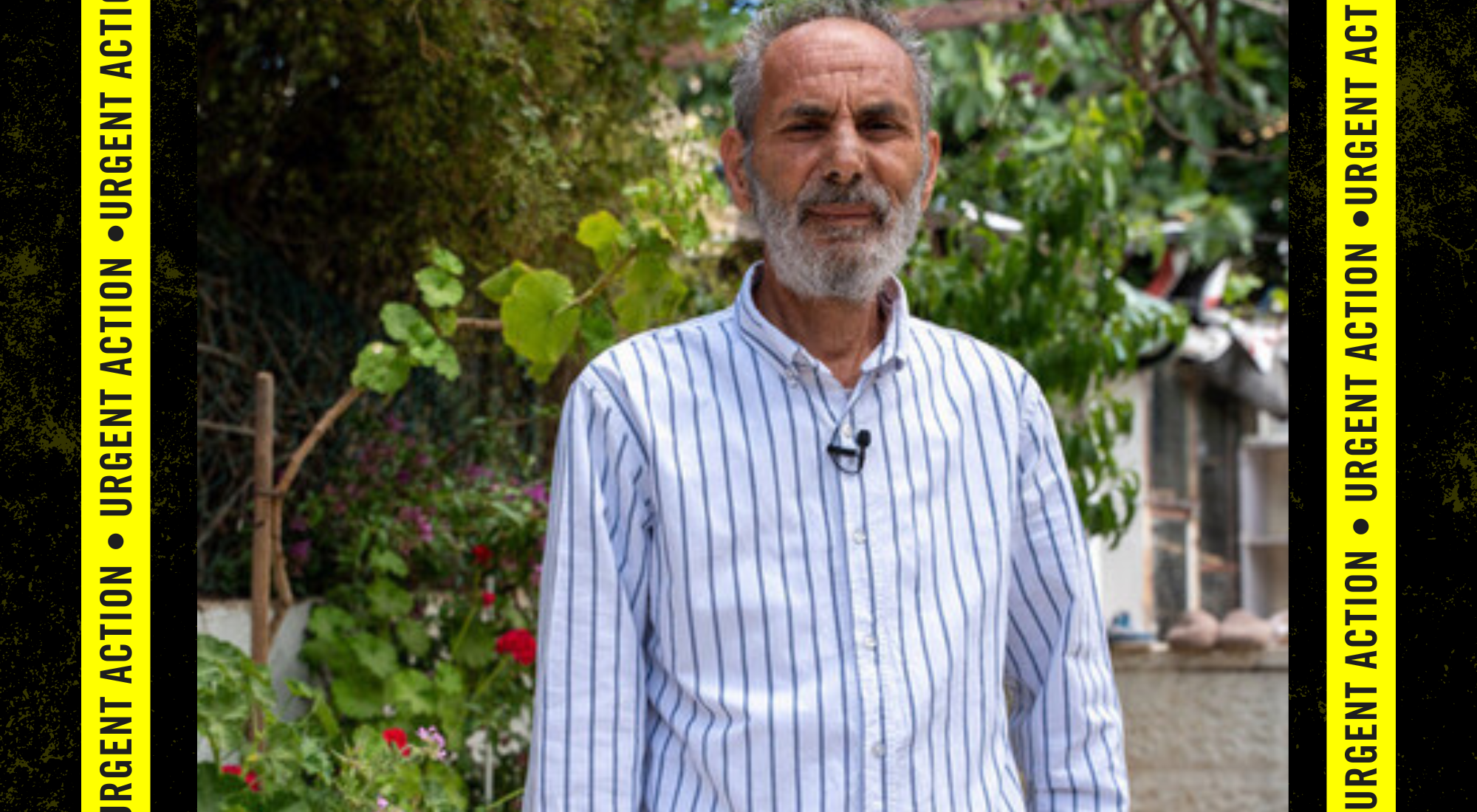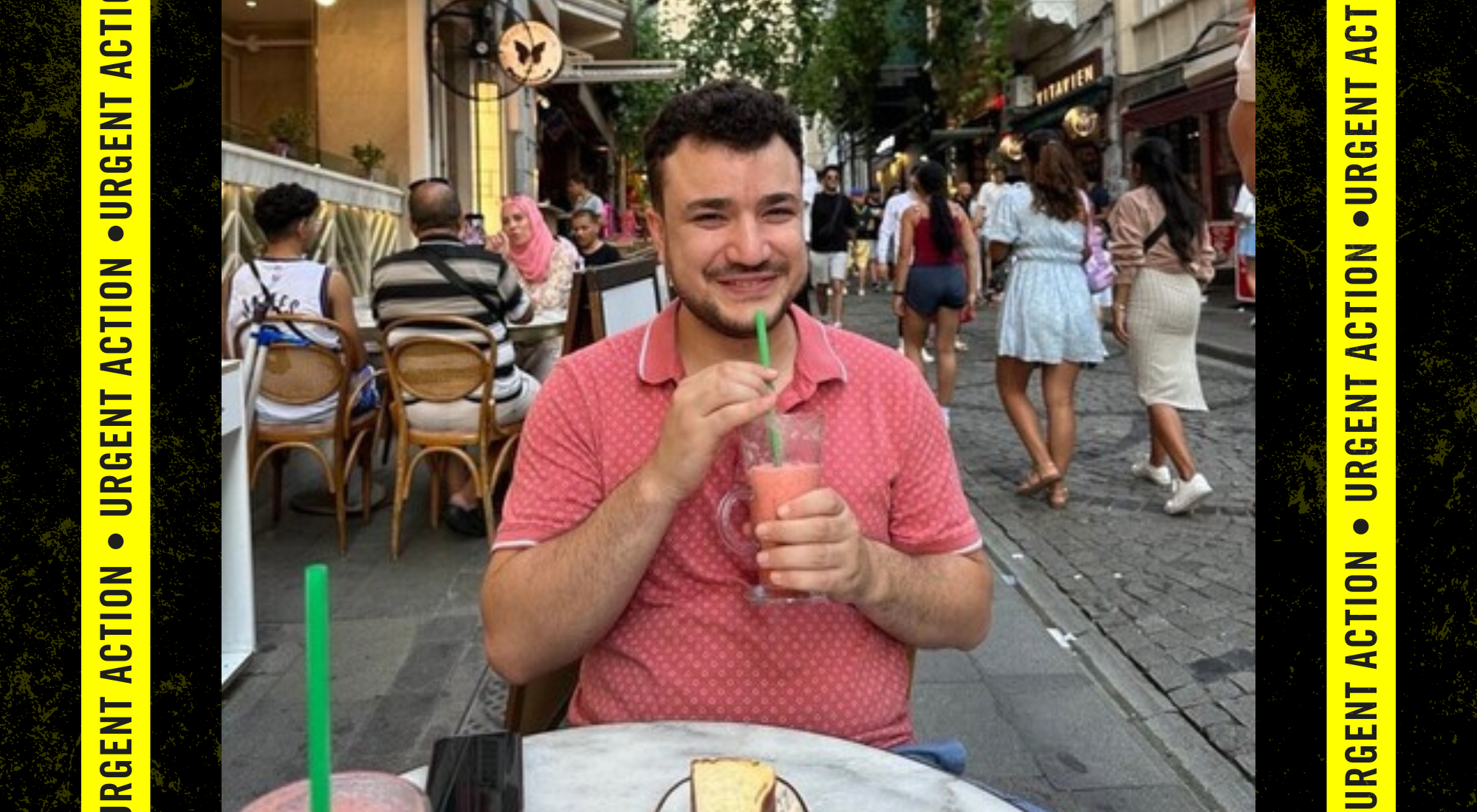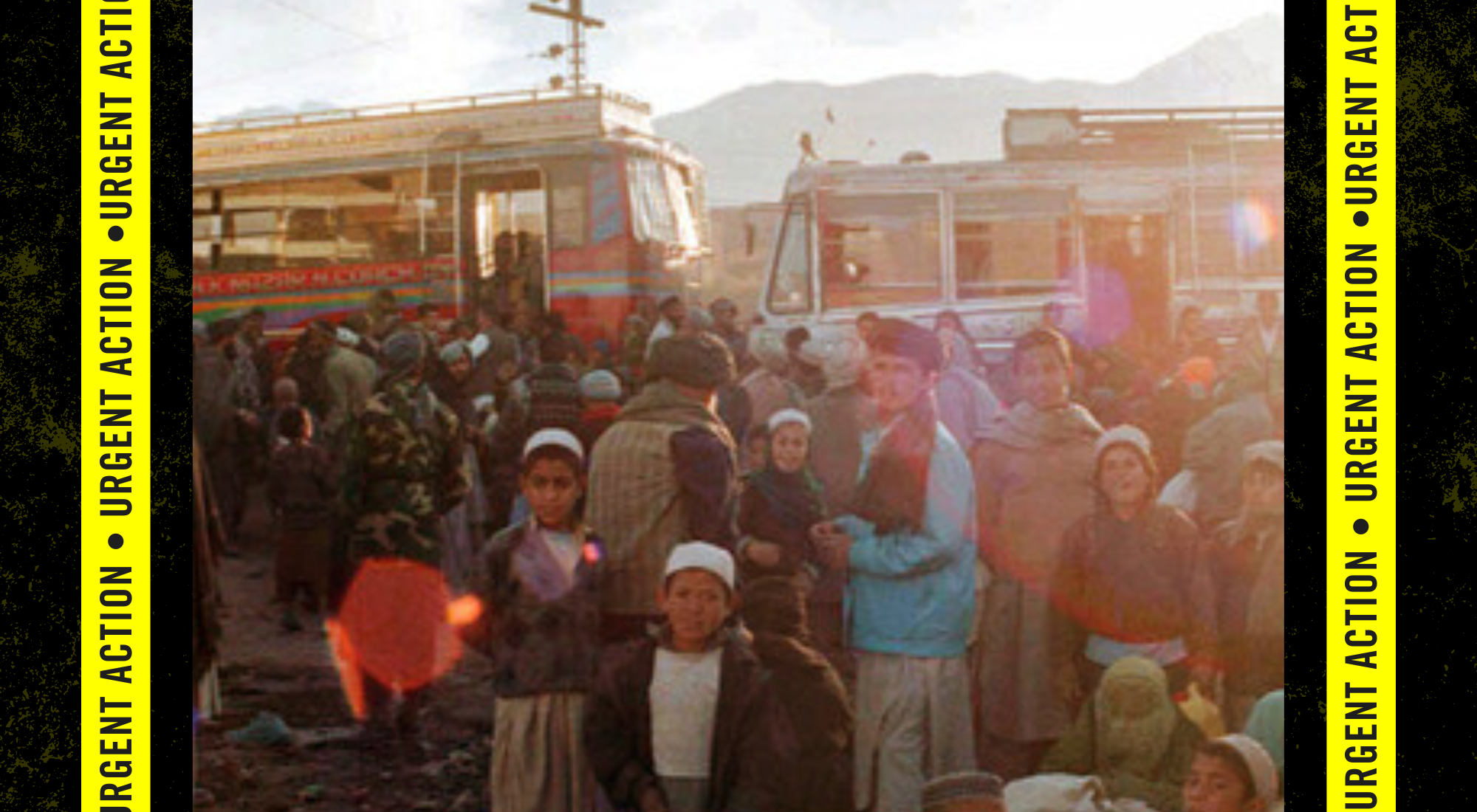On February 1, the “High Command of the Magdalena Medio Block” of the Gaitanist Self-Defense Forces of Colombia made a public statement. They threatened the lives of people working for human rights and environmental groups in Colombia’s Magdalena Medio region. This includes groups like CREDHOS and FEDEPESAN. In January, there was another threat. This time, it came from the “Magdalena Medio Block of the FARC.” They threatened the president of CREDHOS and other human rights defenders. We urge Colombian authorities to quickly and fully protect these groups and individuals who are under threat.
Write to the Colombia’s Minister of Interior urging him to:
- Ensure the Ministry of the Interior coordinates efforts to protect human rights defenders. This should involve precise and effective measures.
- Ensure the full implementation of protection measures by the National Protection Unit and the collective protection policy as outlined in Decree 660 of 2018.
- Establish collaborative platforms like the Territorial Guarantees Table of the Magdalena Medio, promoting partnership between institutions and civil society.
- Strengthen coordination with local governments for prompt emergency responses and to secure effective protection for those at risk.
- Work closely with other state entities, including the Ombudsman’s Office and the Attorney General’s Office, to deliver a unified and comprehensive response to protect human rights advocates.
Write to:
Luis Fernando Velasco
Minister of Interior
Carrera 8 No. 7-83,
Bogotá DC, Colombia
X: @velascoluisf
Salutation: Dear Minister,
And copy:
His Excellency Carlos Arturo MORALES LOPEZ
Ambassador
Embassy of the Republic of Colombia
360 Albert Street, Suite 1002
Ottawa, ON K1R 7X7
Tel: (613) 230-3760 Fax: (613) 230-4416
Email: ecanada@cancilleria.gov.co
Magdalena Medio Region Overview
The Magdalena Medio is a vast valley in Colombia, cut through by the Magdalena River, the country’s primary waterway. This region is economically driven by oil, with Colombia’s biggest refinery located in Barrancabermeja, Santander. Besides oil, the area is known for agro-industry, mining, and livestock. Its strategic location and rich resources make it a contested area between the government and armed groups. Over the years, the Magdalena Medio has been a hub for human rights movements and social activism, combining efforts from unions, feminist, and popular movements.
This region’s value has led to ongoing conflicts over control, resulting in sustained violence against human rights defenders, a trend continuing since the 1980s. By 2023, the violence escalated, with a spike in civilian attacks, amidst the presence of reorganized armed factions.
Challenges and Conflicts
In this contentious environment, the Federation of Artisanal, Environmentalist, and Tourist Fishers of the Department of Santander (FEDEPESAN) operates near Barrancabermeja, addressing environmental concerns and the impact of criminal activities. Its president, Yuly Velázquez, has been subjected to repeated acts of violence, including threats and shootings, as documented by Amnesty International. Despite the clear risks, the state’s protective measures for Velázquez have fallen short.
Similarly, the Regional Corporation for the Defense of Human Rights (CREDHOS), established in 1987 and based in the same city, has been actively defending human rights. It has faced threats from paramilitary groups, recognized by both the IACHR in 2000 and the Colombian Government’s Victims Unit in 2016. However, Amnesty International has confirmed that the collective threat to CREDHOS members remains high, with state-provided protection proving insufficient for their safety needs.
Please take action as soon as possible until April 9, 2024! The UA will be duly updated should there be the need for further action.









